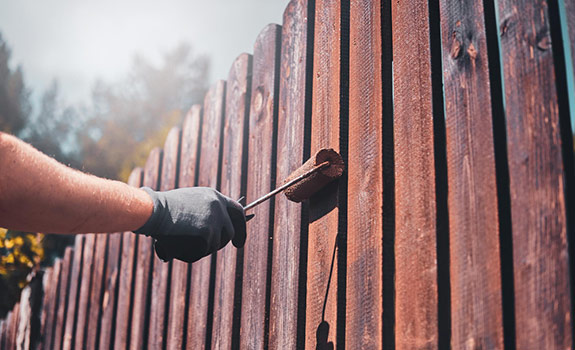The prospect of living in a new city or town is exciting, presenting a new beginning and a new chapter in your life, and as for the move, all you need is to hire long-distance movers, right? Well, not quite.
If it’s your first long-distance move, you could easily get caught off guard and run into several small crises. It turns out that the logistics of getting your whole life packed up and shipped hundreds or even thousands of miles away is ripe with opportunities for things to go wrong.
So how does one minimize the potential for problems? Surely moving can be done in a way that doesn’t cause headaches and panic attacks? Today, we look at some essential tips to organize your long-distance move and keep things as painless as possible.

Pack for the New House
Before packing the first box, stop to consider the new house. If you have not planned, you could easily have many boxes with no destination in the new house. It is the kind of situation where you have boxes of important household items stacked up in the basement because you would need to unpack them to know what’s what.
To avoid this problem, pack with the rooms and layout of the new home in mind. You want to start with the first room in the new house and mentally work your way to the furthest room. Say that the living room is the first room in the new place, and your kitchen is first in the old house; you want to skip the kitchen and pack the living room up first.
Next, you want to ensure that things get loaded how you pack them. So the living room stuff would get packed onto the truck first in our example. Finally, you ensure that the living room items are the last to get unpacked at the new place.
This way, you end up unloading and unpacking items from the ‘back’ of the house and finishing with the last things in the ‘front.’ This way, things are unloaded in a sensible order, and every box ends up with an allocated area in the new house.
Keep an Inventory of Everything
And we do mean everything. Inventory every last kitchen utensil, TV remote control, and absolutely everything you are taking. It sounds like a huge job, but it is worth it to keep your move organized.
With each item inventoried, organize lists of items in order of the room they are packed in. To make the packing and unpacking process even more efficient, consider hiring reputable long distance moving companies who can assist you with organizing and transporting your belongings to your new home.
Naturally, both human error and malice are factors in any move. A thorough home inventory list will help determine whether all items have arrived safely and undamaged. It also helps you determine whether anything has gone missing in your move. In addition, it can help you double-check whether an item ever made it.
Often one can search for something, forgetting that your neighbor borrowed it a week ago and never returned it. Knowing what you don’t have in your move is peace of mind.
Take What Matters
The Marie Kondo method has become pretty popular. Only keep things that spark joy. It is a great idea at face value but not always practical to execute. Your magnetic knife stand probably doesn’t spark joy, but it’s quite helpful at keeping sharp knives ordered.
Rather than only packing items you have an emotional connection with, pack just the things that matter. For example, an old set of whiskey glasses are no good if you don’t drink whiskey.
There are many things that one never uses and yet never gets rid of for whatever reason. So use your move as an opportunity to get rid of stuff that you keep but don’t use.
Published in: Smart home | Author: Lynn






